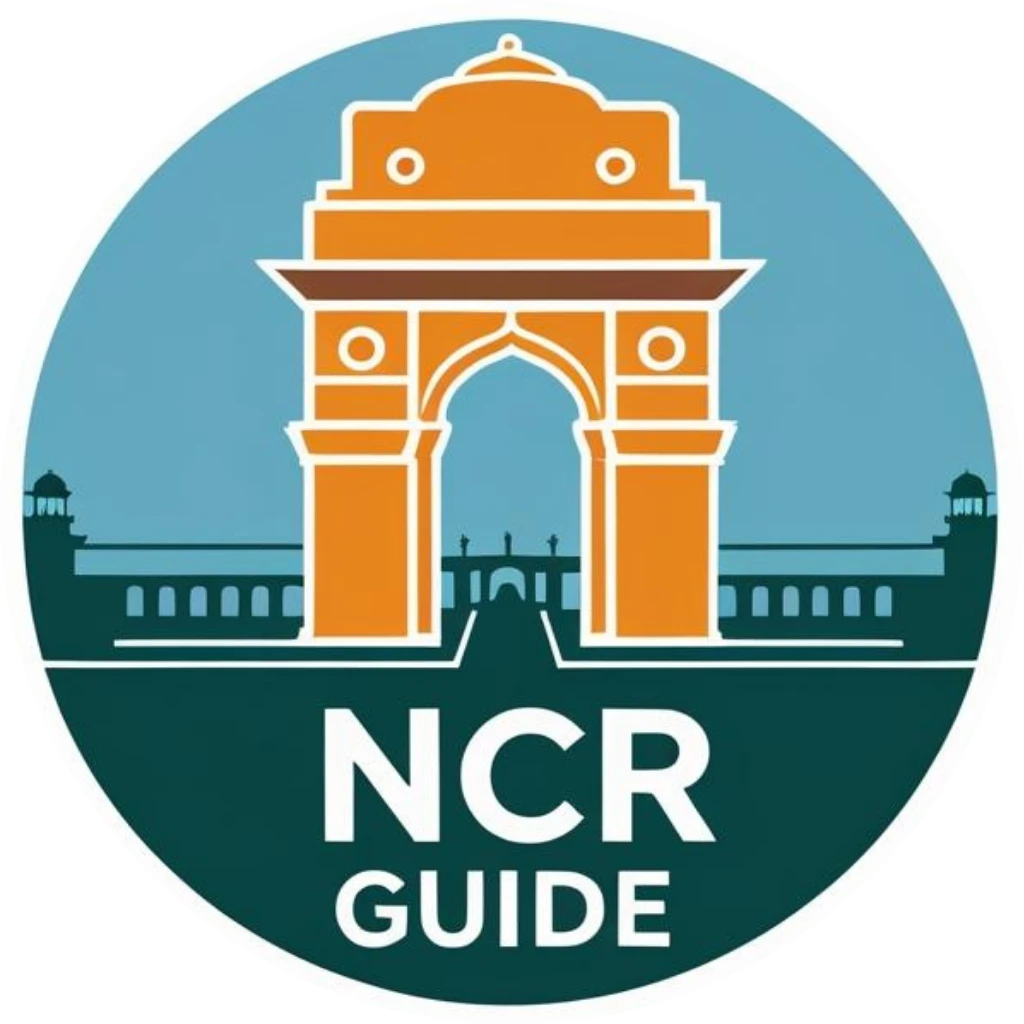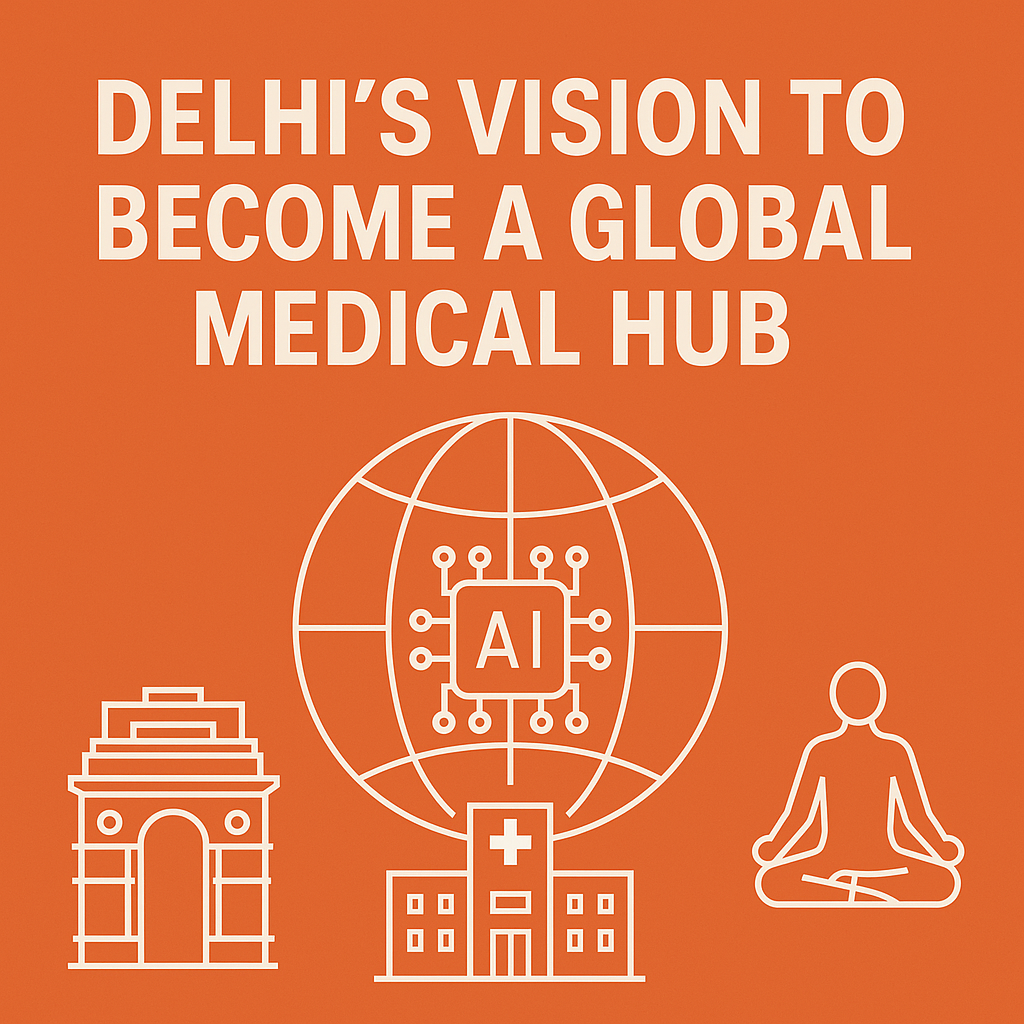With Delhi already housing some of India’s top-tier hospitals and medical institutions, the announcement made by Chief Minister Arvind Kejriwal in August 2025 is more than a political pitch—it’s a calculated strategy to position the city on the global map of medical tourism and advanced healthcare ecosystems.
From infrastructure upgrades to AI-led diagnosis and a dedicated “Healers in White” initiative, here’s a deep look into what’s coming and how it could change Delhi’s medical landscape forever.
Delhi’s Medical Transformation Blueprint: What’s on the Table
| Initiative | What It Entails | Who It Benefits |
|---|---|---|
| New Super Specialty Hospitals | Construction of 4 new AI-integrated hospitals across Delhi (location bids to start Q4 2025) | Citizens needing complex treatments within Delhi |
| Upgrade of 11 Existing Hospitals | Modernization including robotics, modular OTs, smart OPDs, energy-efficient wards | Middle-income patients relying on government care |
| Digital Medical Records | Unique Health IDs for all Delhi residents linked to an integrated hospital data system | Residents across public hospitals |
| Healers in White Program | A soft-skills and empathy training program for doctors and nursing staff | Improves patient experience & medical tourism reputation |
| One-Delhi Medical Card | A single digital health card for seamless treatment access across all government hospitals | Migrant workers, elderly, and low-income families |
| Fast-Track Diagnostics with AI | AI-enabled platforms to accelerate early disease diagnosis and reduce dependency on external labs | Delayed diagnosis cases and chronic illness patients |
| Dedicated Medical Helpline | A 24/7 multilingual helpline for treatment, ambulance, and specialist referrals | All citizens, especially senior citizens and tourists |
Why It Matters Now: From Local Impact to Global Vision
Delhi’s population stands at over 2 crore, and nearly 40% rely on government hospitals for primary and specialized healthcare. While the infrastructure has historically been overburdened, the planned upgrades and AI implementation are designed to reduce patient waiting times by up to 60% over the next two years.
This vision is also deeply tied to medical tourism. With increasing international interest in affordable, high-quality treatments, Delhi could position itself as a natural competitor to Bangkok, Dubai, and Istanbul for global patients seeking complex surgeries and advanced diagnostics.
“Healers in White” – More Than Just A Tagline
What sets this announcement apart is the human element. The Healers in White movement focuses on:
- Compassion training for doctors and nurses
- Grievance redressal cells in every hospital
- Incentives for hospitals that maintain a 95%+ satisfaction score
- Multilingual onboarding teams for non-Hindi/English speakers
This shift from just treating diseases to caring for people mirrors successful healthcare reform seen in places like Japan and Scandinavia.
Potential Economic and Industry Upsides
| Sector | Projected Growth (Post-Reforms) | Reason |
|---|---|---|
| Medical Tourism | +25% YoY over 3 years | Competitive global pricing and tech-backed care |
| Health-Tech Startups | Doubling of registered ventures by 2027 | Increased government demand for AI tools |
| Private Partnerships | Surge in public-private ventures | Better ROI for corporate hospital chains |
| Employment | Over 50,000+ new jobs across nursing, data, and logistics | Infrastructure and digital health expansions |
Public Reaction and Initial Expert Take
Public reception is cautiously optimistic. Several medical professionals interviewed by The Hindu noted that while Delhi’s healthcare vision is ambitious, execution timelines and consistent funding will determine its success.
One physician from Lok Nayak Hospital commented,
“The tech promises are great. But unless ward-level staffing and hygiene improve, the experience gap will remain.”
Meanwhile, startups in Delhi’s health-tech space have welcomed the AI opportunities. Platforms working on remote diagnostics, patient monitoring, and medical language translation are reportedly already in talks with Delhi Health Department officials.
Frequently Asked Questions (FAQs)
What is Delhi’s vision for becoming a global medical hub?
Delhi’s new healthcare transformation strategy aims to establish the city as a world-class medical and wellness hub by upgrading hospitals, expanding healthcare infrastructure, and attracting international patients for medical tourism. This includes partnerships with private sector players, AI integration in diagnostics, and state-of-the-art super-specialty facilities.
Which hospitals are being upgraded under Delhi’s medical transformation?
Key hospitals undergoing major transformation include:
- Lok Nayak Hospital
- Guru Teg Bahadur Hospital
- Ambedkar Nagar Hospital
- Deep Chand Bandhu Hospital
These will be revamped with advanced ICU beds, modular operation theatres, robotic surgery units, and AI diagnostic labs.
How does this healthcare plan benefit Delhi NCR residents?
For residents, the benefits are threefold:
- Faster access to advanced care
- More beds and critical care units
- Reduced burden on overworked hospitals
It also positions Delhi as a trusted destination for global patients, boosting employment and allied industries.
Will this affect private hospitals in Delhi NCR?
While public sector hospitals are being overhauled, private hospitals are expected to benefit from increased inbound medical tourism and potential government collaborations for public-private healthcare delivery.
Is medical tourism already big in Delhi NCR?
Yes. Delhi is already one of India’s top destinations for medical tourists, especially from countries in Africa, the Middle East, and Southeast Asia. The new policy intends to strengthen this position by easing access, improving infrastructure, and creating a seamless medical travel ecosystem.
Are there plans for wellness or Ayurvedic tourism?
Yes. The policy envisions holistic healthcare, integrating:
- Modern medicine
- AYUSH and naturopathy
- Wellness retreats
The aim is to make Delhi a multi-dimensional healthcare destination, appealing to both critical care seekers and wellness travelers.
What are the timelines for this transformation?
While no rigid deadlines were given, announcements suggest phased execution across 2025–2027, starting with high-priority hospitals and tech integration in diagnostics and care management.

